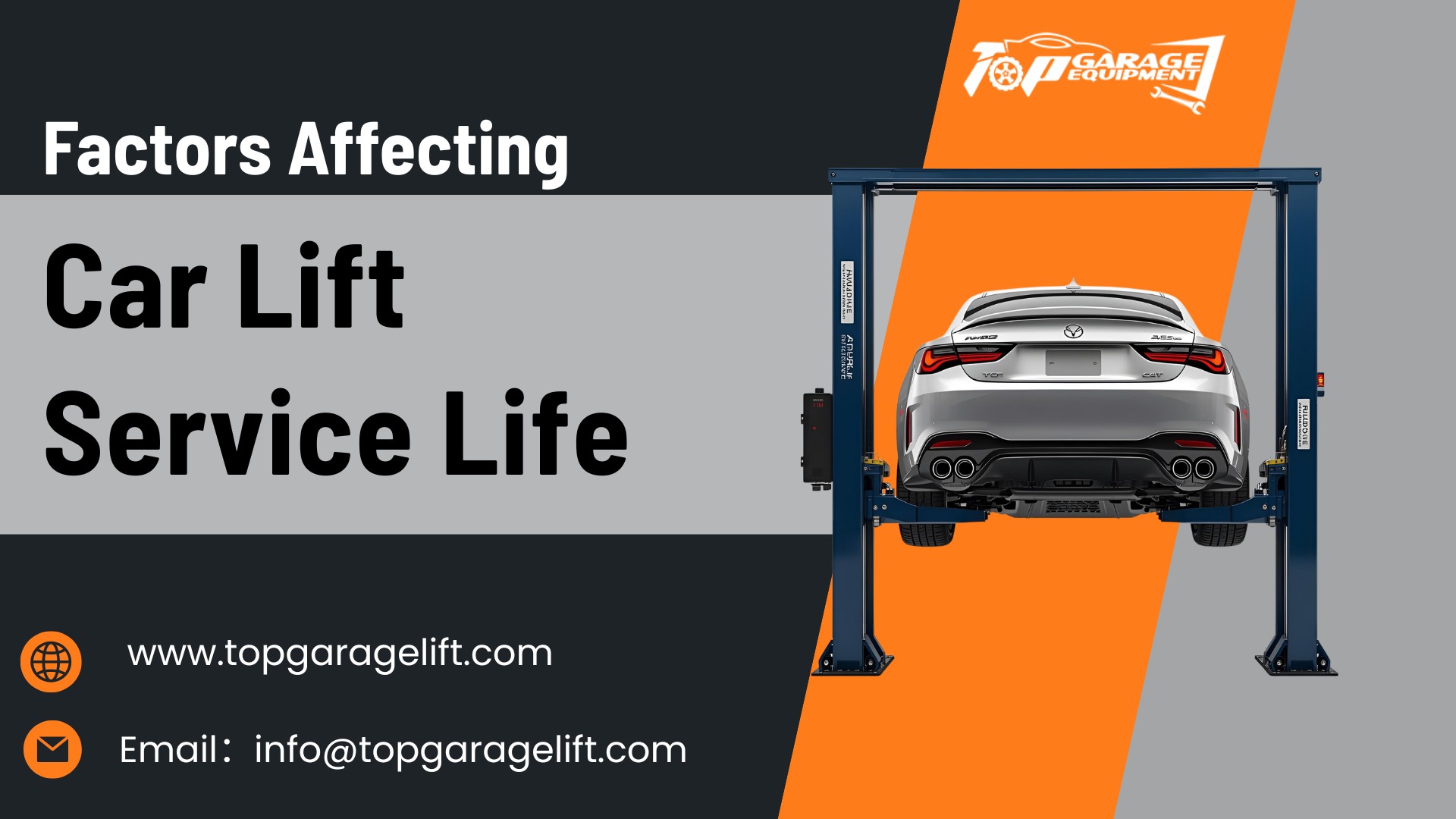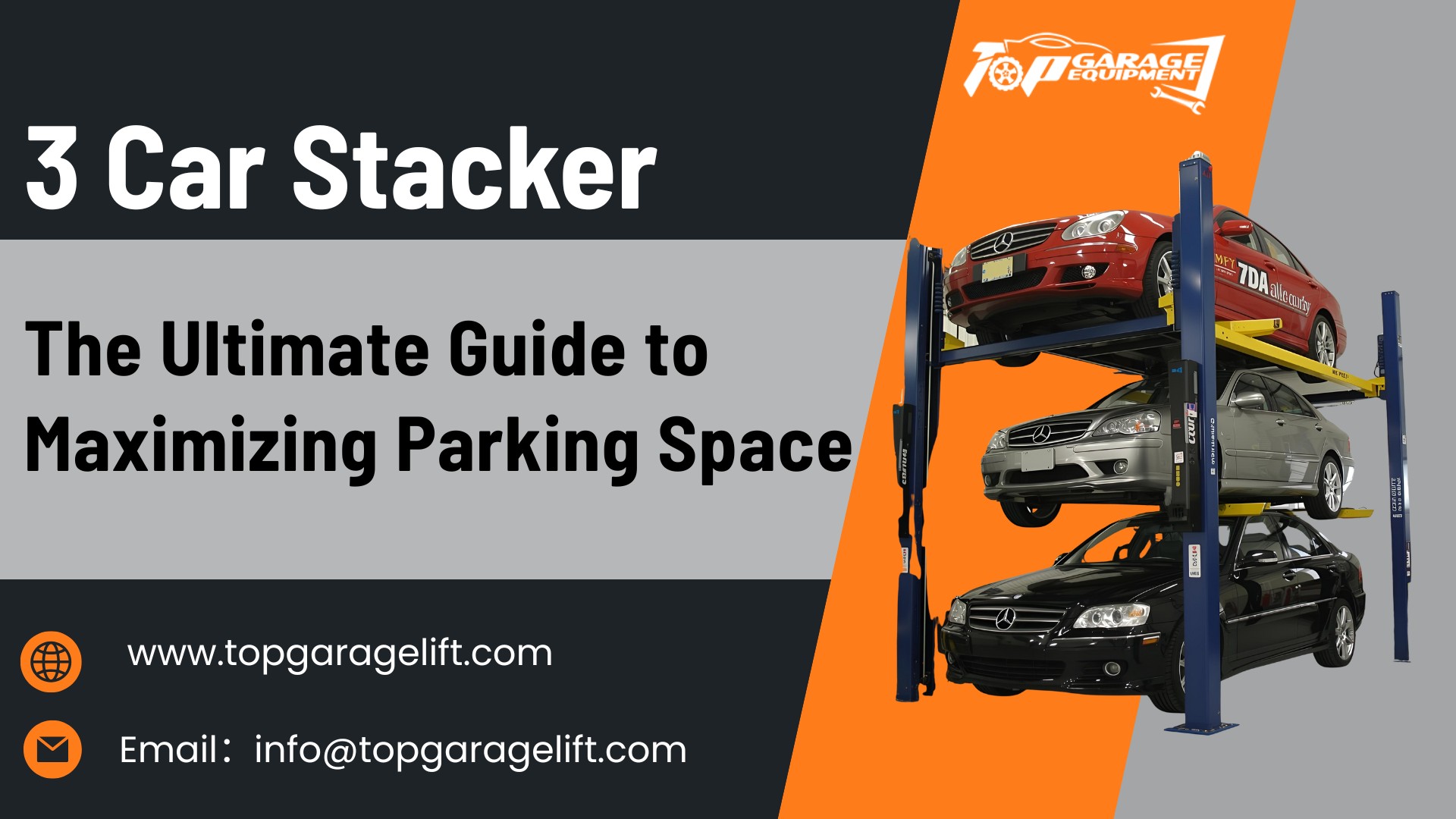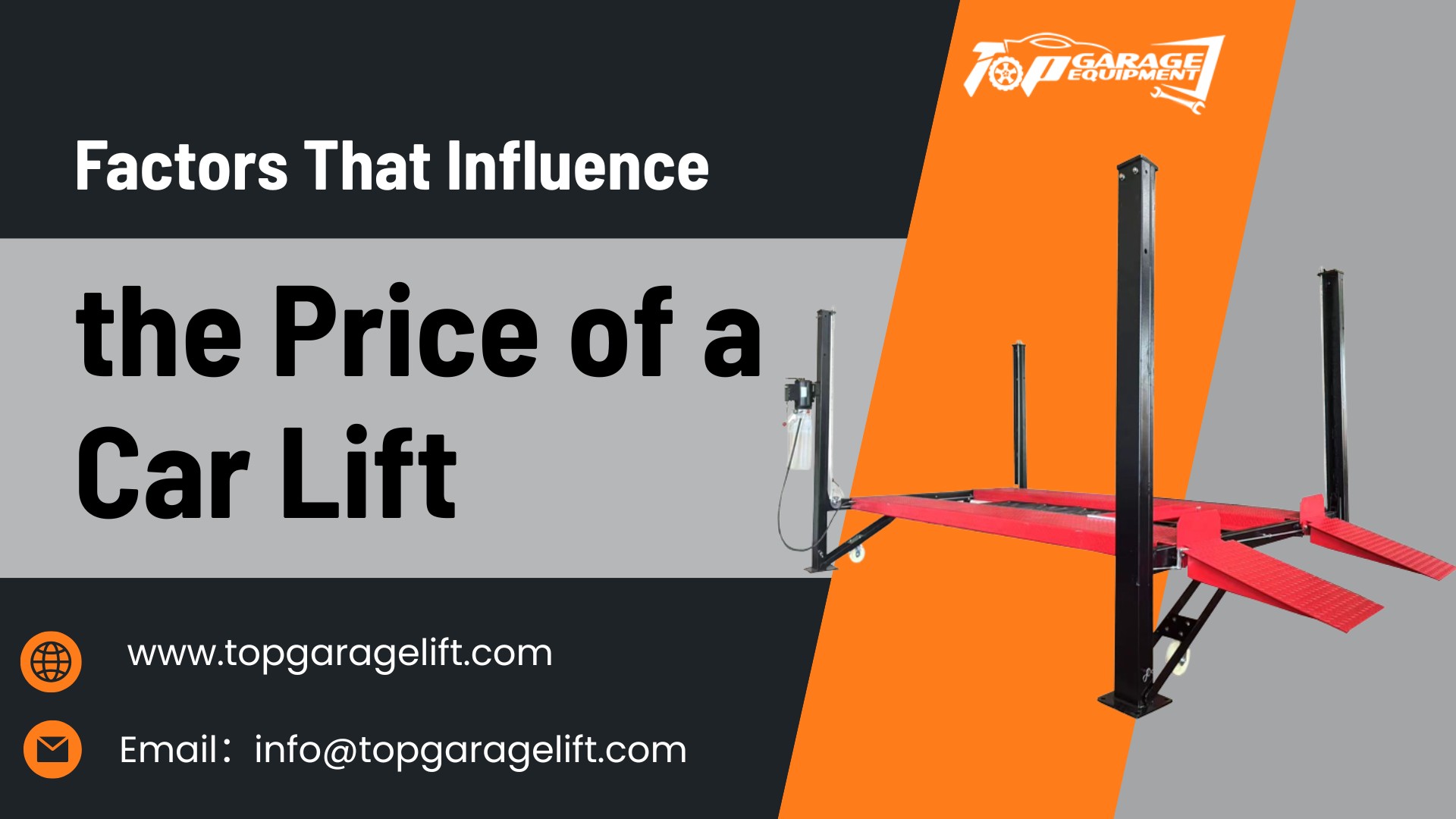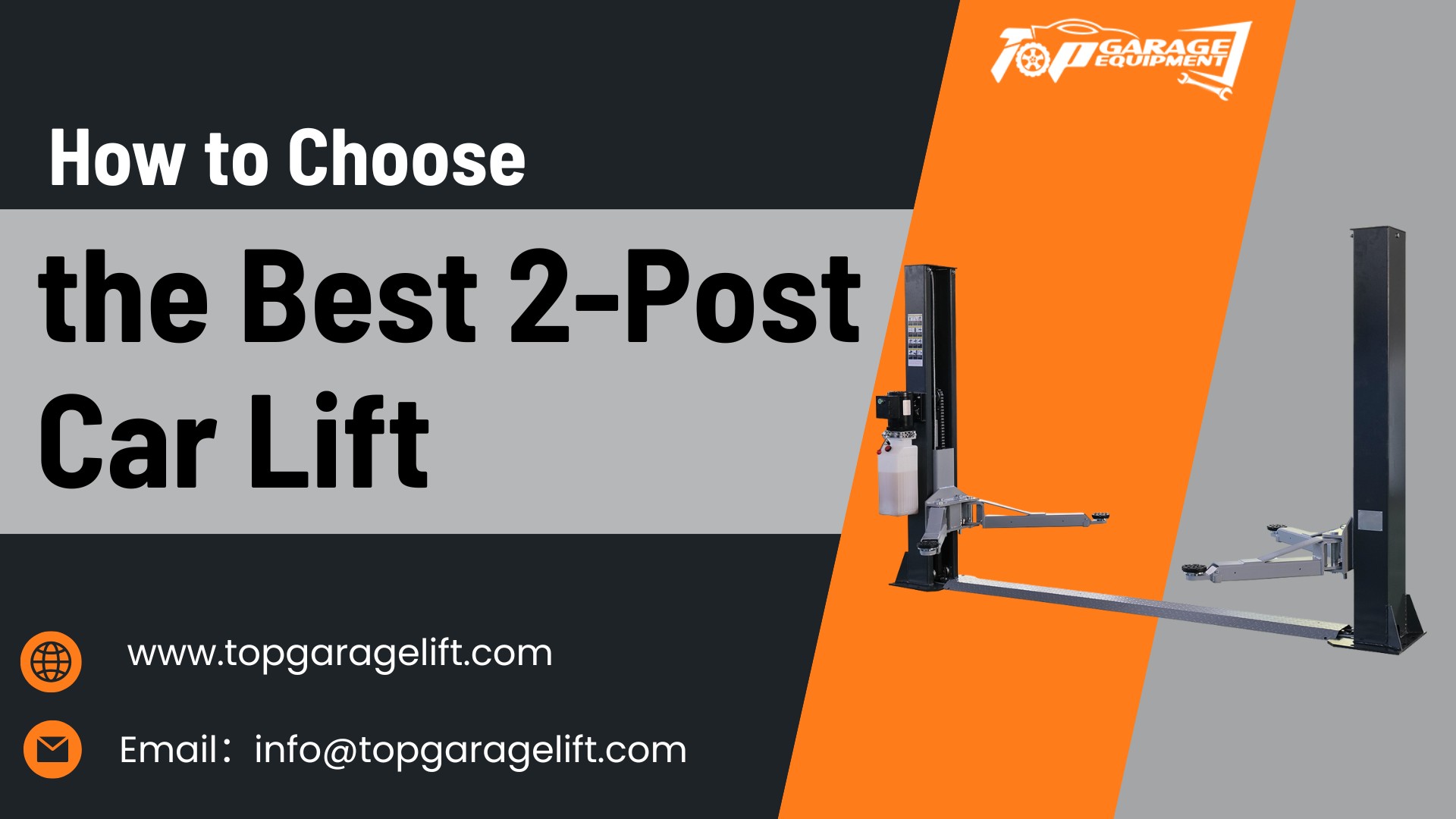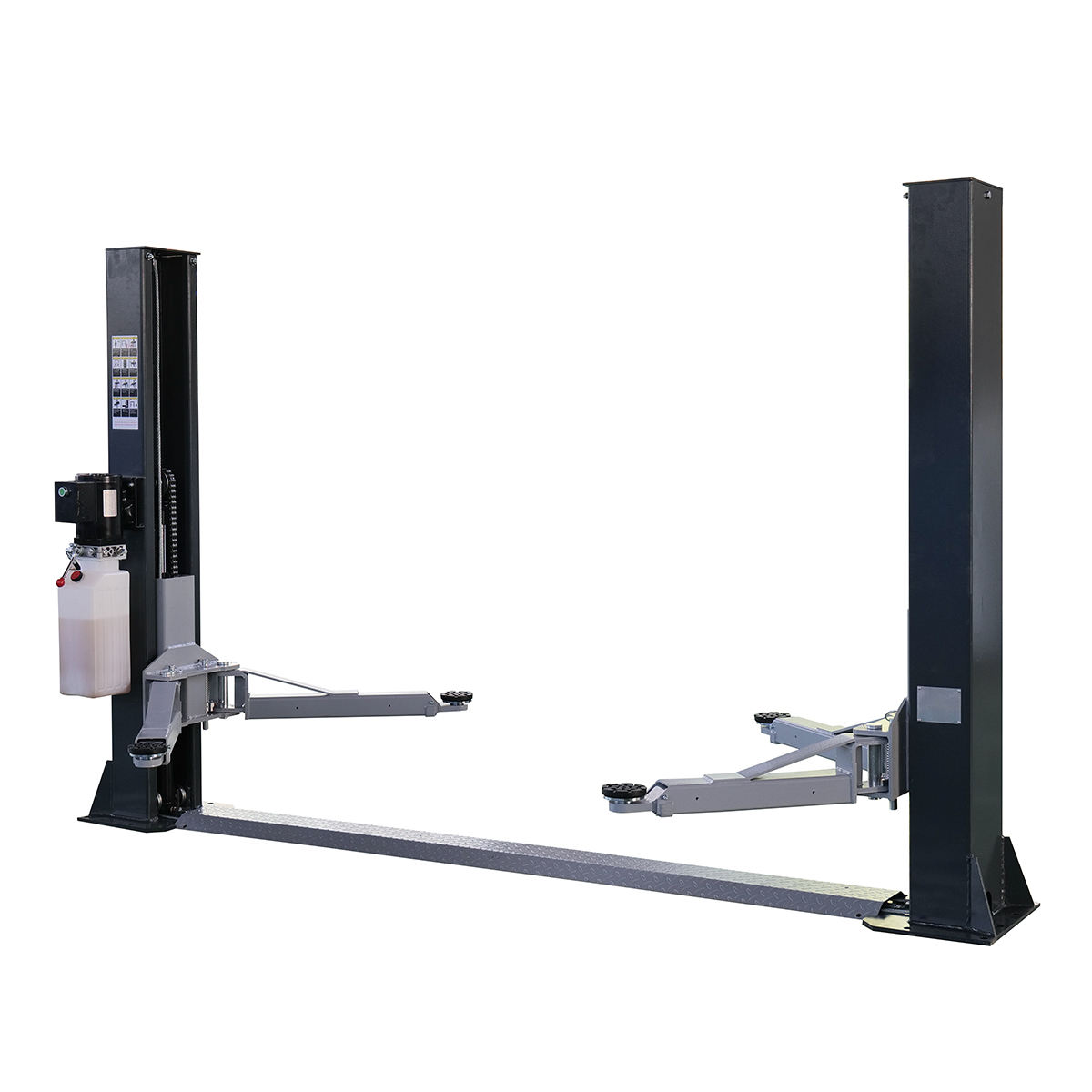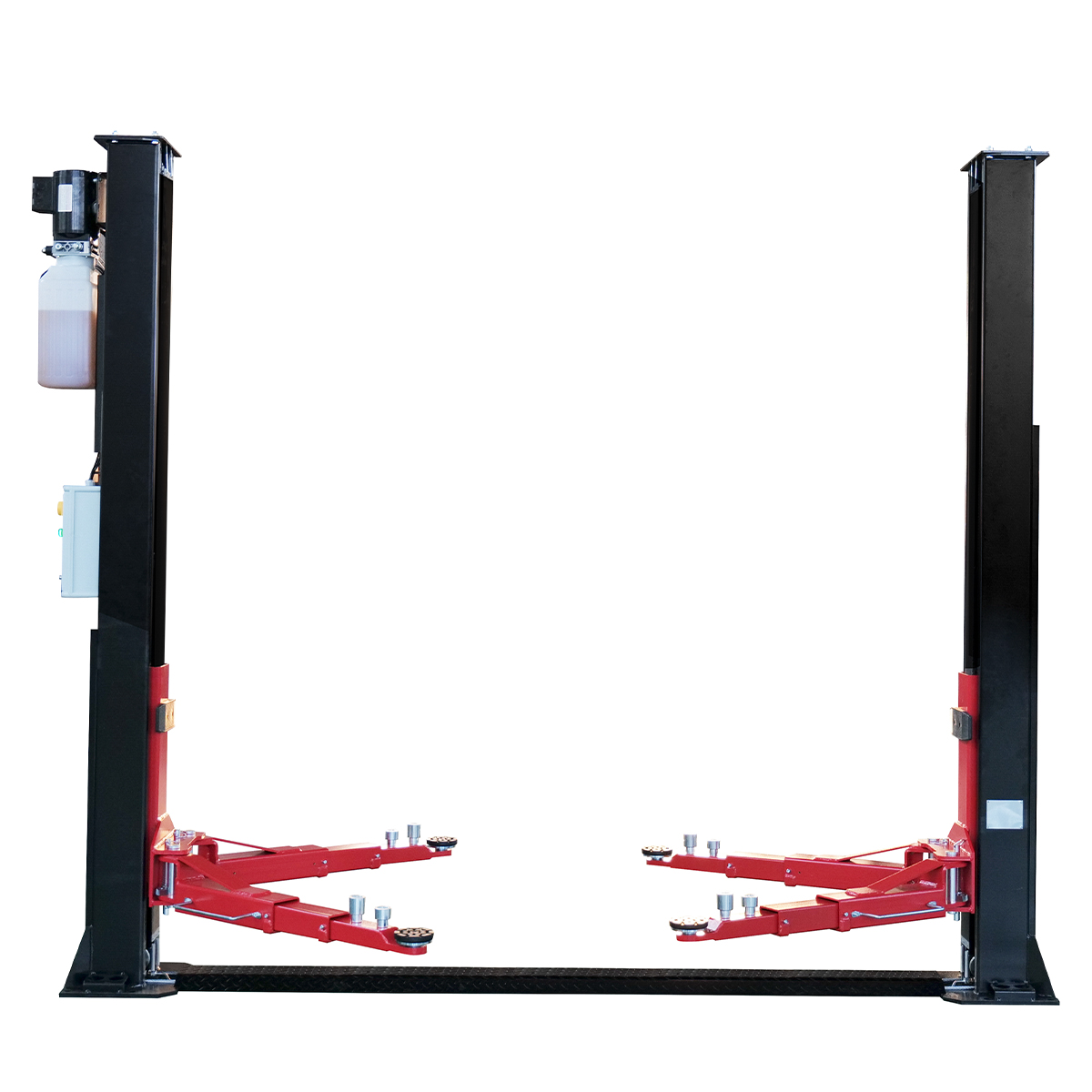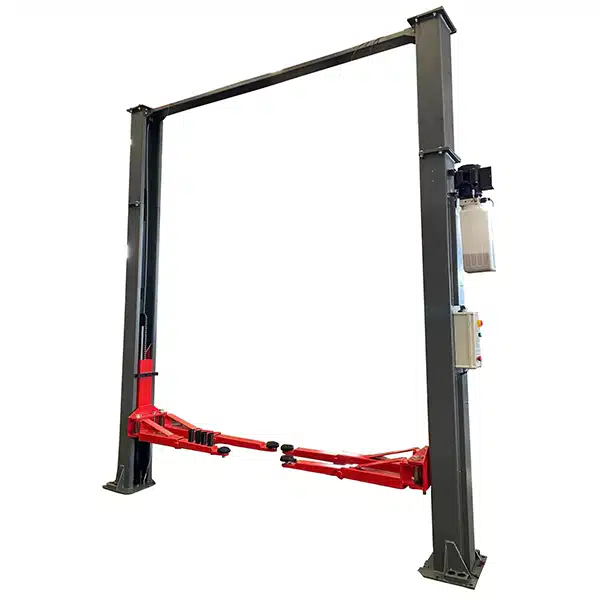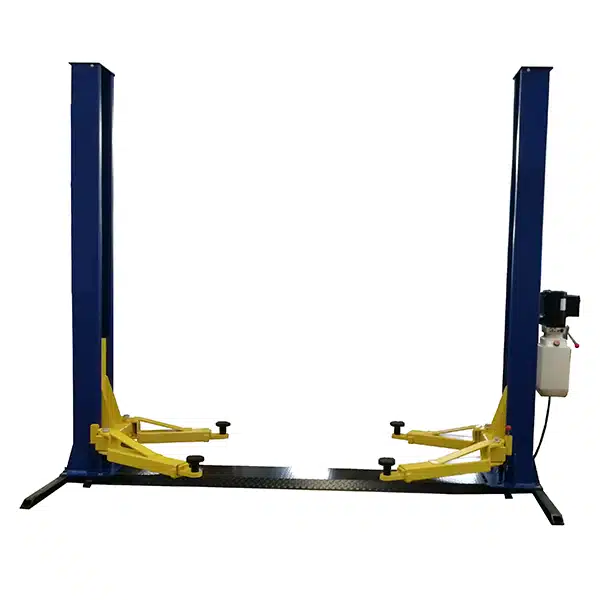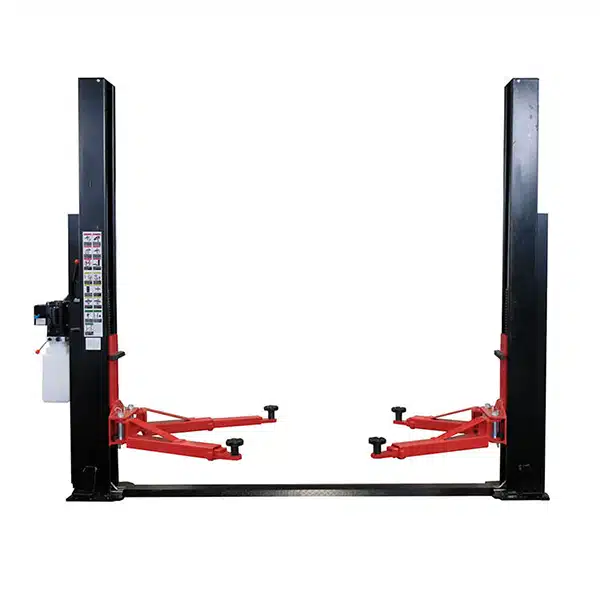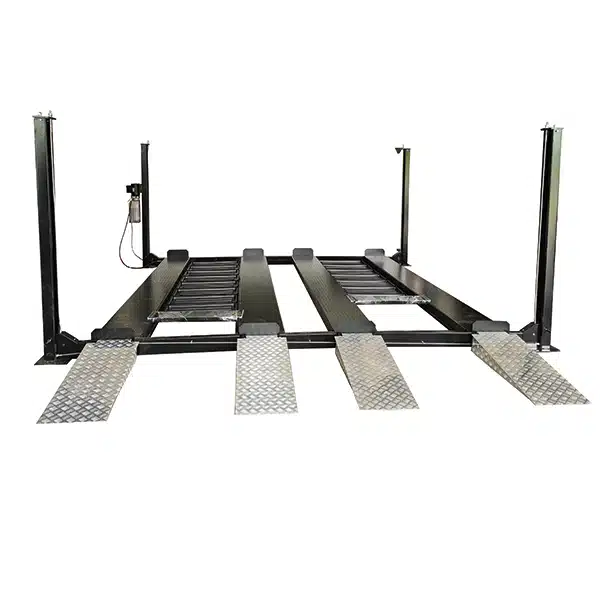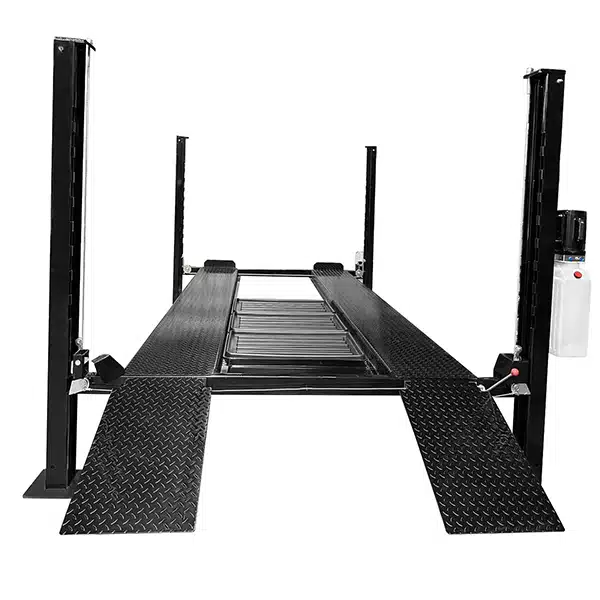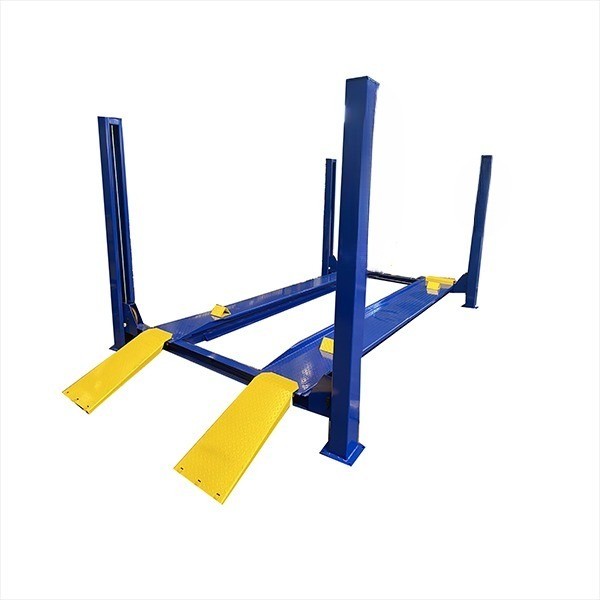Vehicle lifts are essential tools in automotive repair and maintenance, enabling technicians to work efficiently and access critical components with ease.
However, improper use or neglect of safety protocols can lead to serious accidents, equipment damage, and costly downtime.
Understanding key safety considerations—such as load limits, regular inspections, proper operator training, and adherence to industry standards—is vital for maintaining a safe and productive work environment.
This section highlights the essential safety practices every workshop should follow to ensure reliable and hazard-free lift operation.
Pre-Use Inspections for Vehicle Lifts
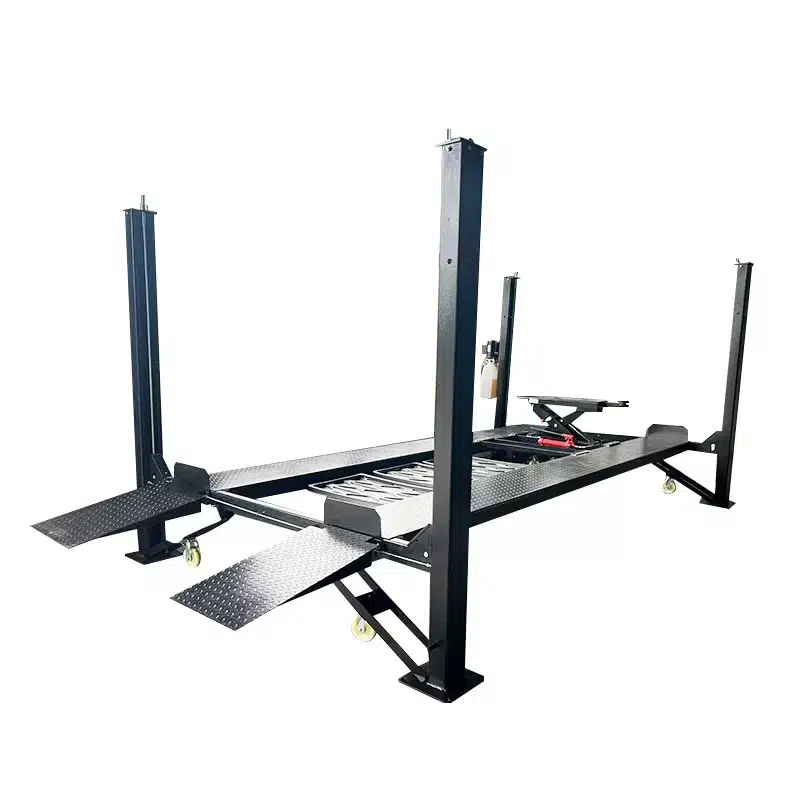
Daily Checks
Operators should inspect vehicle lifts before each use. They need to look for damaged, corroded, or oily parts. Warning labels must stay clean and easy to read.
Operators should check for leaks in hydraulic lines and make sure all safety devices work. If any part looks worn or broken, they must not use the lift.A quick walk-around can catch many problems before they become serious.
Annual Inspections
A certified inspector should examine vehicle lifts at least once a year. This inspection covers all structural and mechanical parts. Inspectors check cables, pulleys, and safety locks for wear.
They also review the lift’s alignment and stability. Annual inspections help keep the equipment safe and reliable.
Common Mistakes
Many people skip daily checks or ignore small leaks. Some use vehicle lifts even when warning labels are missing or unreadable. Others forget to report worn parts. These mistakes can lead to accidents or equipment failure.
Never use a lift if any component is defective or worn. Safety always comes first.
Operator Training
Training Standards
Operators must complete formal training before using any lift. Training covers safe operation, emergency procedures, and the use of personal protective equipment (PPE).
Training programs often include both classroom lessons and hands-on practice. Instructors teach how to spot hazards and respond to emergencies.
PPE like gloves, safety glasses, and steel-toed boots protect against injuries during lift operation.
Authorization
Only authorized personnel may operate vehicle lifts. Supervisors should keep a list of trained and approved operators.
A clear authorization process helps prevent unqualified people from using the equipment. Each operator should carry proof of their training and authorization.
Preventing Errors
Proper training reduces mistakes and accidents. Operators must follow all safety procedures every time they use a lift.
- Always review the lift’s manual before use.
- Never skip safety checks or ignore warning signs.
- Report any unsafe conditions to a supervisor right away.
Consistent training and strict authorization keep everyone safe around vehicle lifts.
Vehicle Lift Operation Safety
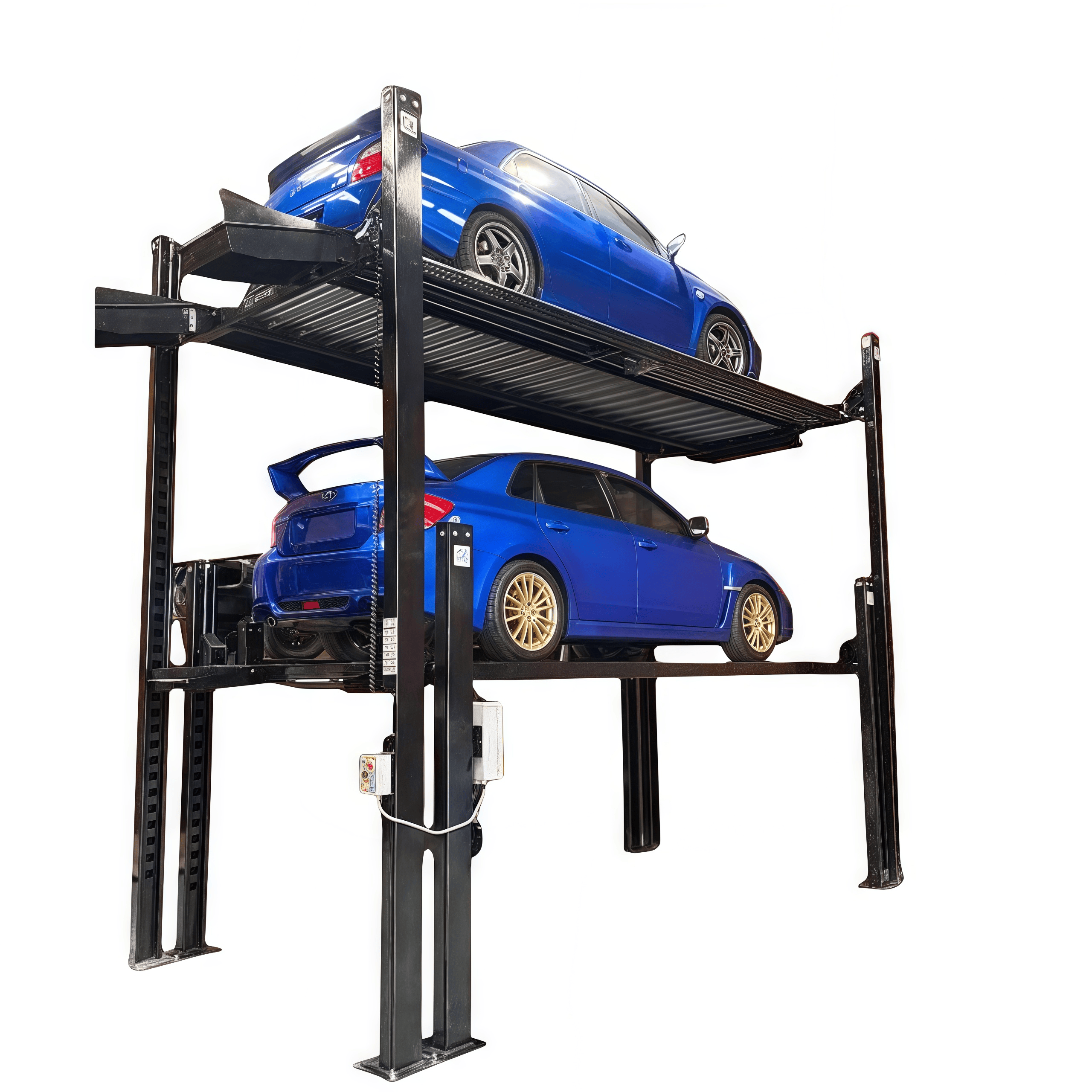
Positioning
Operators must place vehicles in the center of the lift. The center of gravity should stay balanced to prevent tipping. They should check that all contact points touch the lift pads.
A safe distance between the vehicle and nearby objects helps avoid accidents. Always double-check the vehicle’s position before raising it.
Load Limits
Every car lift has a maximum weight limit. Operators must know this limit and never exceed it. Overloading can cause equipment failure or collapse. The lift’s manual lists the correct load capacity.
- Check the vehicle’s weight before lifting.
- Distribute the load evenly on all lift arms.
Safety Locks
Safety locks keep the lift in place during use. Operators should test these locks before raising a vehicle. They must engage the locks once the vehicle reaches the desired height.
Never work under a vehicle unless the safety locks are secure. Never raise a vehicle with someone inside.
Controls and Bystanders
Operators should use the lift controls as intended. They must not block, bypass, or override any safety features. The area around the lift should stay clear of bystanders. Only trained personnel should enter the work zone.
- Keep hands and feet away from moving parts.
- Warn others to stay back during lift operation.
Work Area Safety
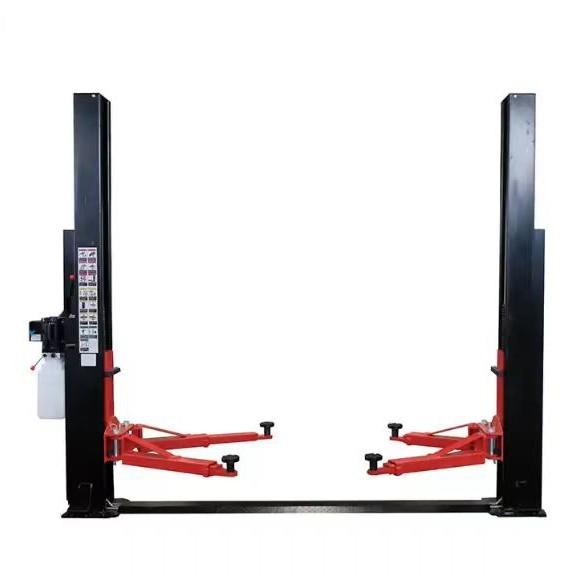
Cleanliness
A clean work area reduces the risk of slips, trips, and falls. Workers should remove oil spills, tools, and debris from the floor before operating a vehicle lift. Place absorbent mats under lifts to catch leaks and keep the area dry.
Regular cleaning helps prevent accidents and keeps the workspace organized. Workers should store equipment in designated spots after use.
Exclusion Zones
Exclusion zones keep unauthorized people away from dangerous areas. Workers should mark these zones with cones, tape, or signs.
- Only trained personnel should enter the lift area.
- Bystanders must stay outside marked boundaries at all times.
Clear exclusion zones help prevent distractions and injuries. Workers should check that barriers remain in place during lift operation.
Emergency Procedures
Every work area needs clear emergency procedures. Workers should know the location of emergency stops, fire extinguishers, and first aid kits. Practice emergency drills regularly to prepare for real incidents.
A posted emergency contact list helps everyone respond quickly. Workers should report any accidents or near-misses to supervisors right away.
Maintaining Vehicle Lifts
Routine Maintenance
Technicians should follow a set schedule for maintaining vehicle lifts. They need to check hydraulic connections, cables, and moving parts for signs of wear. Regular lubrication keeps the lift running smoothly.
Workers should always document each maintenance task in a logbook. A well-maintained lift reduces the risk of sudden breakdowns.
Only use original equipment manufacturer parts when replacing components. OEM parts fit the lift correctly and meet safety standards. Using non-OEM parts can cause malfunctions or void warranties.
Reporting Issues
Workers must report any problems with the lift right away. They should use a clear process for reporting, such as filling out a maintenance form or telling a supervisor. Quick reporting helps prevent accidents and keeps everyone safe.
- Never use a lift that shows signs of damage.
- Always tag out equipment that needs repair.
Conclusion
Prioritizing safety in lift operation is essential for protecting personnel, maintaining equipment performance, and avoiding costly disruptions.
By following proper procedures and using certified, high-quality lifting equipment, workshops can create a safer, more efficient working environment.
At TOP-Garagelift, we are committed to providing reliable vehicle lifting solutions engineered with advanced safety features and built to meet the highest industry standards—supporting your workshop’s success from the ground up.


